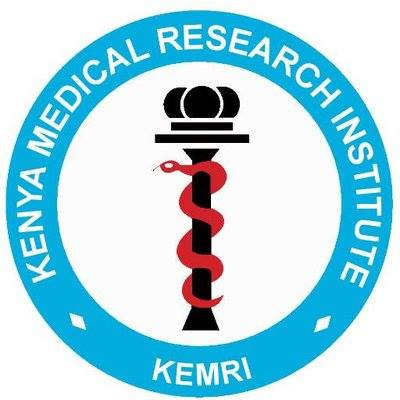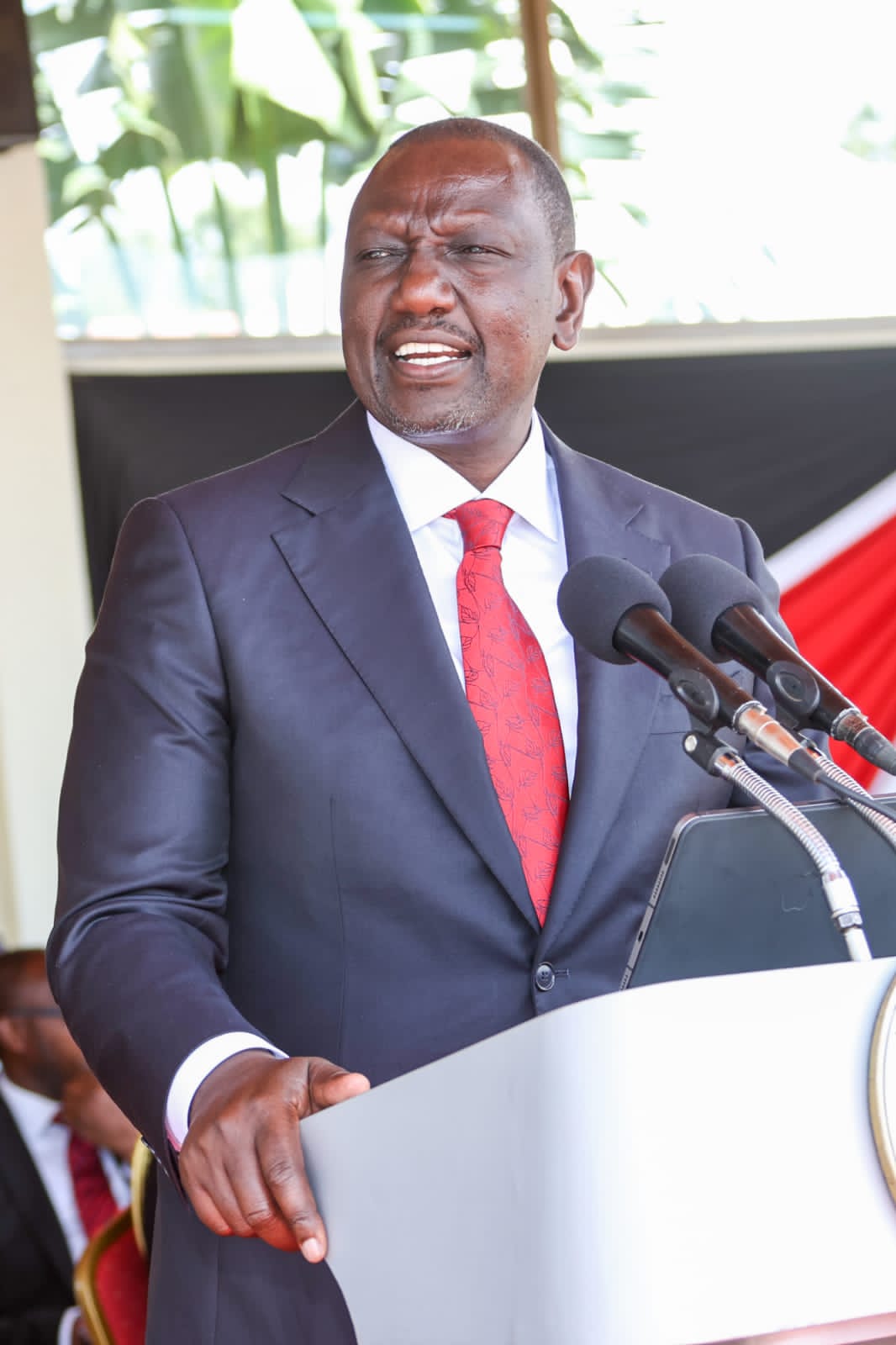Kenya is moving towards shortening the treatment period of tuberculosis (TB) to four months, the Kenya Medical Research Institute (KEMRI) said on World TB Day.
In a statement released on March 24, KEMRI said it hopes to support the National TB Control Program in rolling out the new treatment regimen.
“While earlier research at KEMRI reduced the treatment period from 18 to six months, current research on TB is harnessing technology in diagnosis, clinical drugs, and vaccine therapeutics towards better and lasting solutions to TB,” the institute said, adding that Kenya is moving towards shortening this treatment period further to four months.
Researchers are also following progress on another Phase III vaccine clinical trial for adolescents and adults.
TB is the second leading infectious disease after Covid-19 with a reported 1.6 million deaths in 2021, according to the World Health Organization (WHO), and there is a growing concern that cases are increasing.
The theme for this year’s World TB Day is ‘Yes! We can end TB!’

Towards attaining this theme, KEMRI said that, through its Centre for Respiratory Diseases Research (CRDR), it has doubled efforts on clinical trials for two promising TB vaccines for both adults and children.
The first is a BCG recombinant Phase III vaccines trial for infants in Nairobi and Siaya counties where at least 1,500 participants have been recruited for the vaccine candidate from the Serum Institute of India.
“Additionally, researchers are also following progress on another Phase III vaccine clinical trials for adolescents and adults,” KEMRI said.

Kenya’s President William Ruto is concerned that access to diagnosis and treatment for TB is still limited, leaving many people without the care they need.
“In Kenya, recent estimates show that 133,000 people have developed TB, among them 16,000 children. This is a huge burden on the health system, and a major barrier to economic development,” President Ruto said in a statement on World TB Day.
He said that through the In-Country Multi-Sectoral Accountability Framework for TB response, the government is working towards bringing all stakeholders together to come up with innovative strategies that will help end TB by 2030.
TB will be detected in less invasive specimen types, which will highly contribute to an increase in diagnosis in children.
Médecins Sans Frontières (MSF) has also called on countries to reduce TB drug and test prices to make them more accessible.
KEMRI said its researchers and partners are working on a new technology to support TB diagnosis in children.
“The study will devise the best ways to diagnose TB in children using a system that will be able to confirm the presence of TB in small amounts of blood obtained by checking for extracellular vesicles as well as accessing the presence of TB cell-free DNA in urine and blood,” it said.
“If successful, TB will be detected in less invasive specimen types, which will highly contribute to an increase in diagnosis in children.”
An estimated 139,000 persons fell ill with TB in Kenya in 2020, yet only about 71,060 were diagnosed and notified to the National Tuberculosis, Leprosy and Lung Disease Program.
The institute said another study is investigating CoughSense, a software that can distinguish between a TB cough and any other cough. “This is going to change the dynamics of diagnosing a TB patient.”
According to Dr Leyla Abdullahi, a Senior Research and Policy Analyst at African Institute for Development Policy (AFIDEP), an estimated 139,000 persons fell ill with TB in Kenya in 2020, yet only about 71,060 were diagnosed and notified to the National Tuberculosis, Leprosy and Lung Disease Program (NTLD-P).
“This means that annually, about 49 percent of the estimated TB cases are either not diagnosed or diagnosed but not notified to the NTLD-P,” said Dr Abdullahi.
Cash provided by donors
She said NTLD-P needs adequate funding to effectively provide TB prevention, treatment, and care services to every Kenyan.
“During the 2018-2023 National Strategy Plan for TB, the National Tuberculosis Program reported a budget deficit of 50 percent. Due to this, there is an unhealthy reliance on the cash provided by donors for the fight against tuberculosis,” said Dr Abdullahi.
The WHO estimates that 10.6 million people became ill with TB in 2021 — a 4.5 percent increase from 2020 — while the incidence rate rose by 3.6 percent between 2020 and 2021, after declines of two percent per year for the previous two decades.
